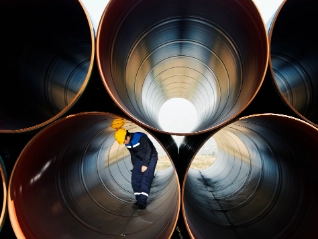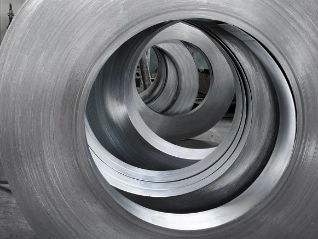Atradius Atrium
直接存取您的保單資訊、信用限額申請工具及深入瞭解。
 Hong Kong SAR 辦公室
Hong Kong SAR 辦公室














載入更多
檢視 7 自 146







載入更多
檢視 7 自 28







載入更多
檢視 7 自 12














載入更多
檢視 7 自 9
Case study
